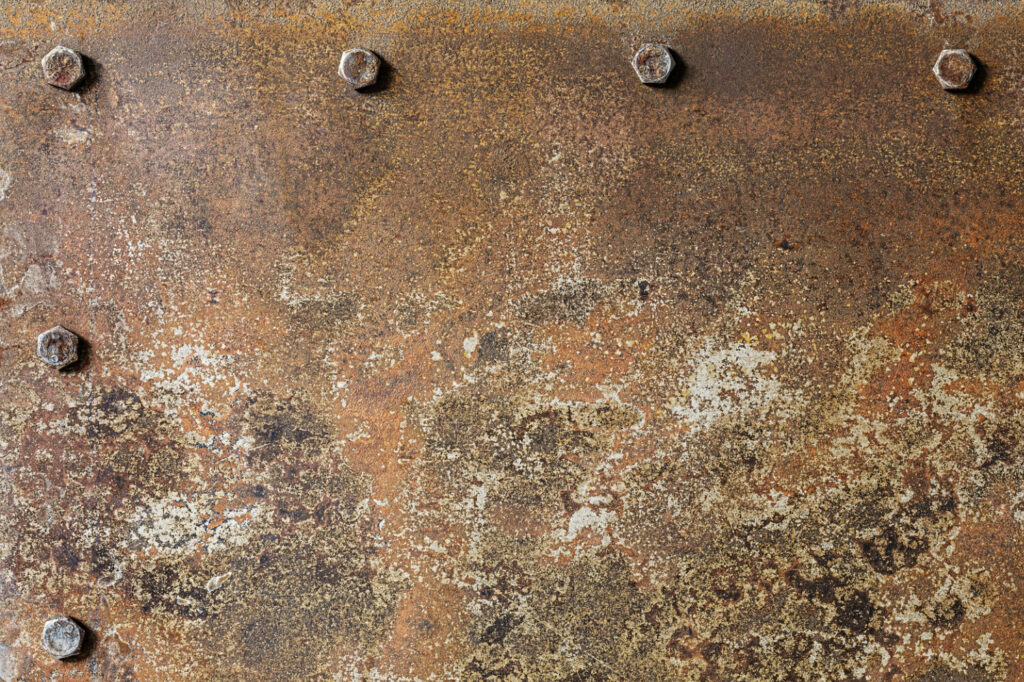HOW TO PREVENT RUST
What is rust and why does it need preventing? We answer this question and break down our top 5 ways to prevent rust forming.

WHAT IS RUST AND WHY DOES IT NEED PREVENTING?
Rust is a layer that forms on the surface of metal. This layer is often created by a build-up of moisture, and it can become damaging to the metal.
The rust is caused by the exposure of a vehicle, machine, or component to oxygen in the presence of water creates a chemical reaction to produce iron oxide. This appears on the surface of the ferrous material (metals containing iron), rust is the most common form of corrosion, it can be greater depending on the roughness of the metal surface and it may harm the performance of the component, vehicle or machine and significantly reduce its lifespan.
The extent of corrosion depends on:
Combatting rust is important as rust can compromise the strength and lifespan of metals, potentially leading to structural damage and weakened structures. Not all metals will rust but there are various factors that can cause rust to occur.
Our top tips on preventing rust
The best way to prevent rust is by applying a corrosion protective to the metal. This helps to avoid the build-up of rust and any potential damage to the metal.
Corrosion protection may be permanent or temporary, SAR Lubricants offer a comprehensive and diverse range of temporary corrosion protection products under the Sartec, Supertec, Sarcoat and Wedolit product groups. SAR rust preventatives are specifically developed to match the application, taking into consideration the main aspects concerning the right choice of corrosion preventive for a specific task.
Here are our five top ways to prevent rust, depending on the surface area:
1. Paint the metal
By using either paint, galvanisation, or enamels. You can build a protective shield around the metal that will result in the slowing of the rusting process.
2. Anti-rust products
Permanent or temporary anti-rust products can provide additional protection against rust forming. There are many different types of products that you can use, these can be oils, solvents or chemical coatings depending on the type of metal you are them applying to.
3. Storage is key
Storing your metals in a cool and dry place will help protect them. If they are to be left in a high humidity or an uncontrolled temperature area this can increase the speed of rusting.
4. Keep up regular inspections
Look for signs of rusting. This may be a look of discolouration on surfaces, flaking or signs of wear.
5. Treat immediately
The longer you leave it untreated, the more damage corrosion can cause to your products. Always ensure you are protecting the metal surface as quickly as you can.
Applying rust preventions
The application of rust prevention coatings varies, based on their type and formulation. For example, one of the most effective ways to apply a rust-prevention product is to dip the item in it. However, they can also be applied using a spray or a brush.
Check out our range here.
Before applying or removing rust-prevention coatings, make sure you consider the manufacturer’s technical specifications and instructions on how best to prepare the metal surface.
No need to wonder which product is best for you
At SAR Lubricants, we can give you specialist advice to make sure you are making an informed decision on your purchases and using your oils and greases to their fullest potential. If you have any questions about our products and their use, contact us here.